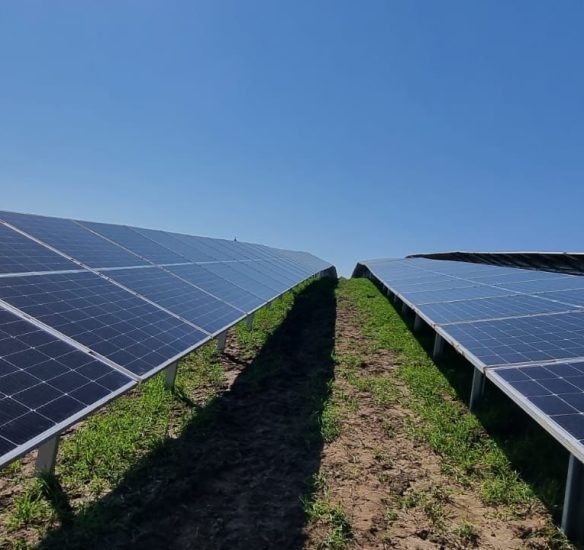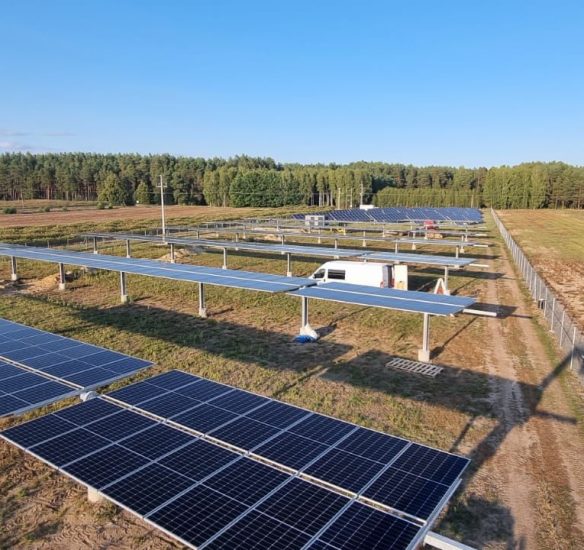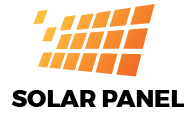

About us
Energy Generated From Natural Resources!
On-grid photovoltaic installation is a system that uses solar energy to generate electricity. This system is connected to the external power grid, which allows you to sell the excess energy produced or consume electricity from the grid when your own production is insufficient.
An on-grid photovoltaic installation consists of the following elements:
Photovoltaic panels, which convert solar radiation into direct current
Inverter, which converts direct current into alternating current with a grid voltage of 120 V
Two meters – of production and consumption of electricity (or one bidirectional), which measure the amount of energy injected and extracted from the grid
Connection to the grid and protections, which ensure the safety and stability of the system operation
Mounting and monitoring system, which allow the correct placement and control of the panels
The advantages of an on-grid photovoltaic installation are:
The possibility of lowering electricity bills thanks to your own energy production
The possibility of obtaining additional income from selling excess energy to the grid
The possibility of using electricity from the grid in case of lack or deficit of your own production
The possibility of benefiting from subsidies and tax breaks for the purchase and installation of the system
The disadvantages of an on-grid photovoltaic installation are:
The need to obtain permission to connect to the grid from the local operator
The need to replace the meter with a bidirectional one or install a second meter
The impossibility of operating the system in case of power grid failure
Off-grid photovoltaic installation is a system that is not connected to the external power grid. This system uses solar energy to generate electricity, which is stored in batteries. This system is independent and self-sufficient, but requires higher costs and more frequent maintenance.
An off-grid photovoltaic installation consists of the following elements:
Photovoltaic panels, which convert solar radiation into direct current
Charge controller, which controls the flow of energy between the panels and the batteries
Batteries, which store electrical energy for later use
Inverter, which converts direct current from the batteries into alternating current with a suitable voltage for electrical appliances
Mounting and monitoring system, which allow the correct placement and control of the panels and batteries
The advantages of an off-grid photovoltaic installation are:
The possibility of providing electricity to remote or difficult access places, where there is no power grid or it is very expensive
Energy independence and reduction of dependence on fossil fuels
Environmental protection and contribution to climate change mitigation
The disadvantages of an off-grid photovoltaic installation are:
The need to properly size the system according to demand and available solar radiation
The need to have a backup or support system, such as a generator or a connection to the grid, to cover possible emergencies or peaks in consumption
The limitation of battery capacity and lifespan, which require special care and proper recycling
Hybrid photovoltaic installation is a system that combines the advantages of on-grid and off-grid installations. This system uses solar energy to generate electricity, which can be stored in batteries or injected into the grid as convenient. This system is flexible and autonomous, but requires more investment and maintenance.
A hybrid photovoltaic installation consists of the following elements:
Photovoltaic panels, which convert solar radiation into direct current
Hybrid inverter, which can transform direct current into alternating current and vice versa, as well as manage the flow of energy between the panels, batteries and grid
Batteries, which store electrical energy for later use or to back up supply in case of grid failure
Connection to the grid and protections, which ensure the safety and stability of the system operation
Mounting and monitoring system, which allow the correct placement and control of the panels and batteries
The advantages of a hybrid photovoltaic installation are:
The possibility of making the most of solar energy, storing excesses or selling them to the grid depending on price or demand
Energy independence and reduction of dependence on fossil fuels
Environmental protection and contribution to climate change mitigation
The possibility of having a continuous and reliable power supply, even in case of power outages or low solar production
The disadvantages of a hybrid photovoltaic installation are:
The need to properly size the system according to demand and available solar radiation
The need to obtain permission to connect to the grid from the local operator
The higher initial cost and higher maintenance of the system, especially batteries
Una instalación fotovoltaica híbrida es un sistema que combina las ventajas de las instalaciones on-grid y off-grid. Este sistema utiliza la energía solar para generar electricidad, que puede almacenarse en baterías o inyectarse a la red según la conveniencia. Este sistema es flexible y autónomo, pero requiere más inversión y mantenimiento.
Una instalación fotovoltaica híbrida consta de los siguientes elementos:
Paneles fotovoltaicos, que convierten la radiación solar en corriente continua
Inversor híbrido, que puede transformar la corriente continua en alterna y viceversa, así como gestionar el flujo de energía entre los paneles, las baterías y la red
Baterías, que almacenan la energía eléctrica para su uso posterior o para respaldar el suministro en caso de fallo de la red
Conexión a la red y protecciones, que garantizan la seguridad y estabilidad del funcionamiento del sistema
Sistema de montaje y monitorización, que permiten el correcto emplazamiento y control de los paneles y las baterías
Las ventajas de una instalación fotovoltaica híbrida son:
La posibilidad de aprovechar al máximo la energía solar, almacenando los excedentes o vendiéndolos a la red según el precio o la demanda
La independencia energética y la reducción de la dependencia de los combustibles fósiles
La protección del medio ambiente y la contribución a la mitigación del cambio climático
La posibilidad de contar con un suministro eléctrico continuo y fiable, incluso en caso de cortes de luz o baja producción solar
Los inconvenientes de una instalación fotovoltaica híbrida son:
La necesidad de dimensionar correctamente el sistema según la demanda y la radiación solar disponible
La necesidad de disponer de un permiso para conectarse a la red del operador local
El mayor coste inicial y el mayor mantenimiento del sistema, especialmente de las baterías
